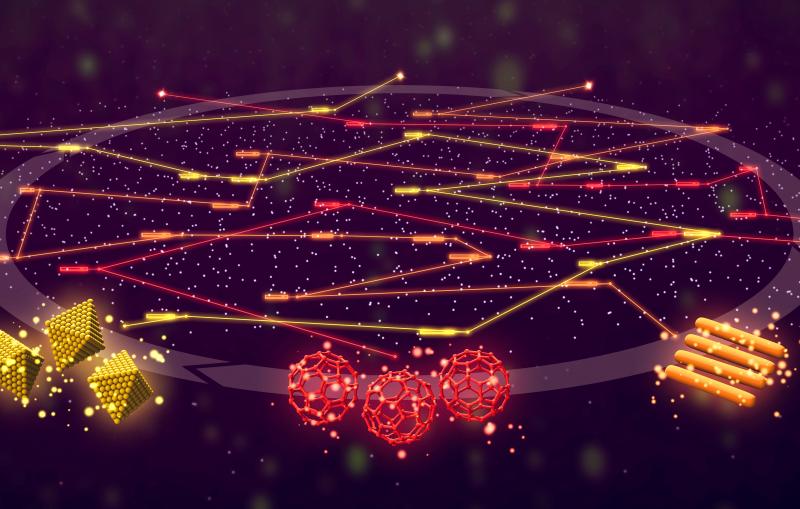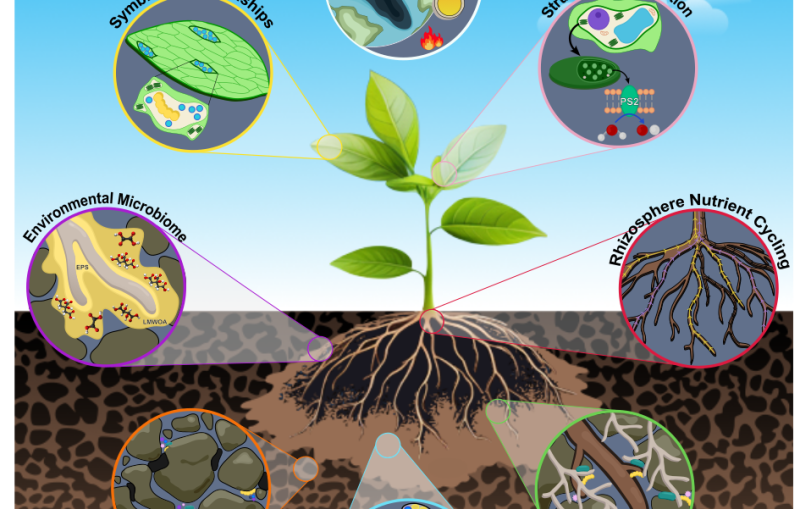May 1, 2017
Shunned by Microbes, Organic Carbon Can Resist Breakdown in Underground Environments
A new study reveals that organic matter whose breakdown would yield only minimal energy for hungry microorganisms preferentially builds up in floodplains, illuminating a new mechanism of carbon sequestration.

Dig Deeper





